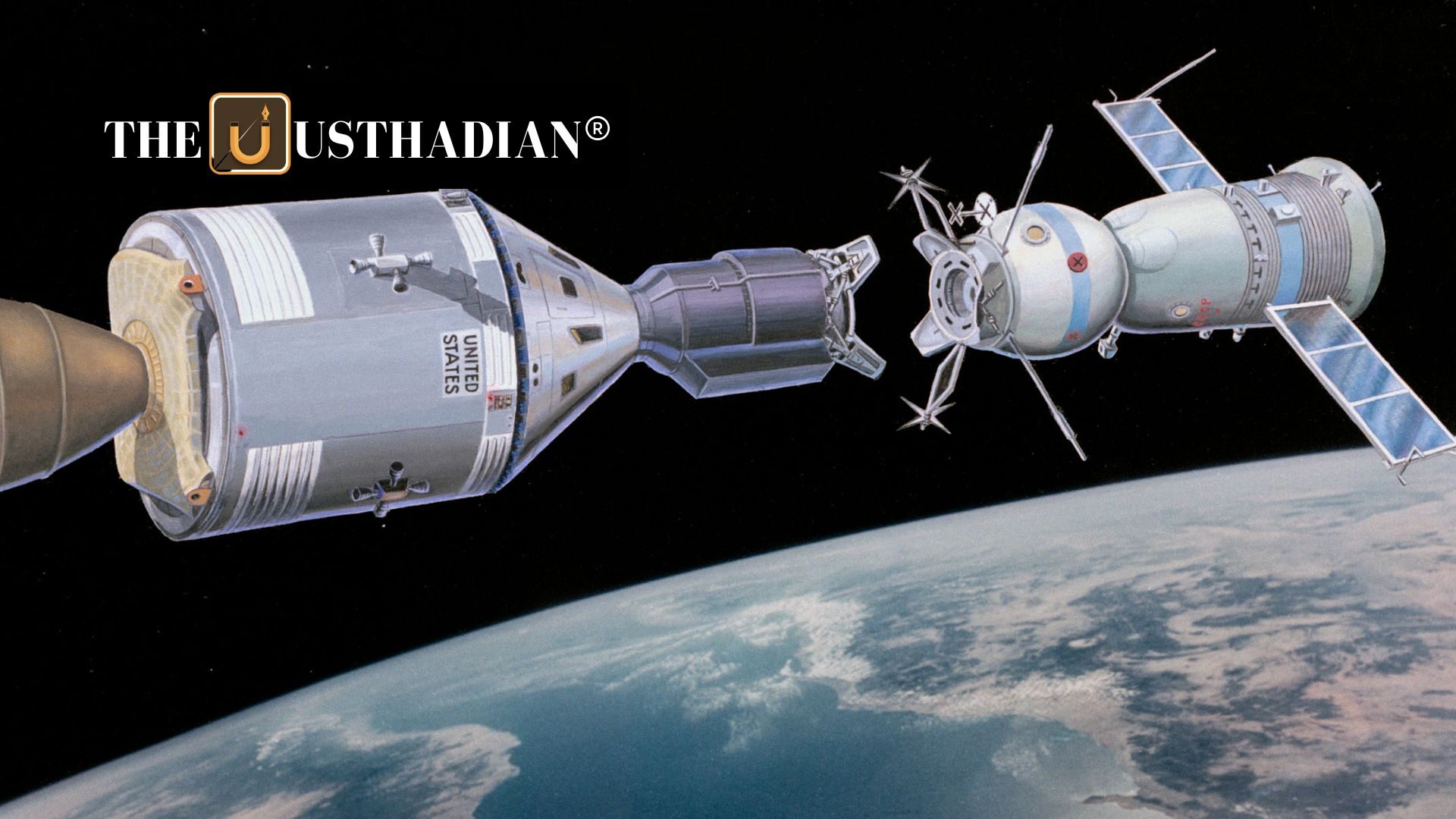A Historic Leap for ISRO
India Achieves Satellite Docking Milestone: A Giant Step in Space Technology: India has made a big leap in space technology with a major breakthrough: its first-ever satellite docking experiment. With this success, India has now joined an elite group of nations—the United States, Russia, and China—that have mastered this highly complex operation. This advancement isn’t just a one-time achievement; it opens the door to future space stations, moon missions, and even international partnerships in outer space.
What Exactly is Docking, and Why Is It So Important?
In simple terms, docking is the process where two satellites or spacecraft meet in space and connect with each other. It may sound easy, but imagine trying to park a fast-moving car next to another—only you’re both in space, orbiting Earth at thousands of kilometers per hour. It’s used in space stations, like how modules attach to the International Space Station (ISS). For India, mastering this means we’re ready for long-duration missions, modular space stations, and more advanced satellite servicing in space.
India’s First Docking: SpaDeX Mission
The mission, named SpaDeX (Space Docking Experiment), began on 30 December 2024. ISRO launched two satellites: SDX01 (Chaser) and SDX02 (Target). The goal? Bring them together from a 5 km distance in low Earth orbit (about 475 km altitude), inching closer in controlled phases until they docked at a final 3-meter distance. And they did it! The satellites successfully locked into place on 16 January 2025, demonstrating ISRO’s growing technical prowess.
The Science Behind the Docking Dance
The docking didn’t happen all at once. The satellites were carefully navigated through multiple checkpoints—5 km, 1.5 km, 500 m, 225 m, 15 m, and finally 3 m. Using a petal-based docking system and following International Docking System Standards (IDSS), the connection was made. This is key for ensuring that future Indian spacecraft can dock with international ones too.
Overcoming Obstacles
Like all space missions, this wasn’t smooth sailing. The mission faced delays due to drifting and alignment issues. ISRO had to go back to the drawing board with simulations and corrections. But that’s what makes the success even more impressive—it proved how ISRO can handle real-time challenges and still deliver.
What’s Next: A Space Station and Lunar Goals
The success of SpaDeX is a stepping stone toward building the Bharatiya Antariksh Station by 2028, which will be composed of five connected modules. Docking will be key for connecting these parts. It will also be used in Chandrayaan-4, which plans to bring back samples from the Moon. The same technology could even help India send humans to the Moon in the future.
Static GK Snapshot for Competitive Exams
India Achieves Satellite Docking Milestone: A Giant Step in Space Technology:
| Topic | Fact |
| Docking Nations | India is the 4th after US, Russia, China |
| First Global Docking | 1966: NASA’s Gemini VIII and Agena |
| India’s SpaDeX Launch | 30 December 2024 |
| Docked Satellites | SDX01 (Chaser) and SDX02 (Target) |
| Docking Method | Petal-based system, IDSS standard |
| Space Station Plan | Bharatiya Antariksh Station by 2028 |
| Upcoming Mission Using Docking | Chandrayaan-4 Lunar Sample Return Mission |
Final Thoughts: India Is Space-Ready
ISRO’s satellite docking achievement is not just a technical success—it’s a symbol of India’s rise as a space superpower. With each mission, India is showing that it’s ready to take on deeper, more complex space challenges. From launching rockets to connecting spacecraft in orbit, ISRO is laying the foundation for an exciting future in space exploration. For competitive exam aspirants, this is a must-know event—a shining example of India’s scientific excellence and ambition.








